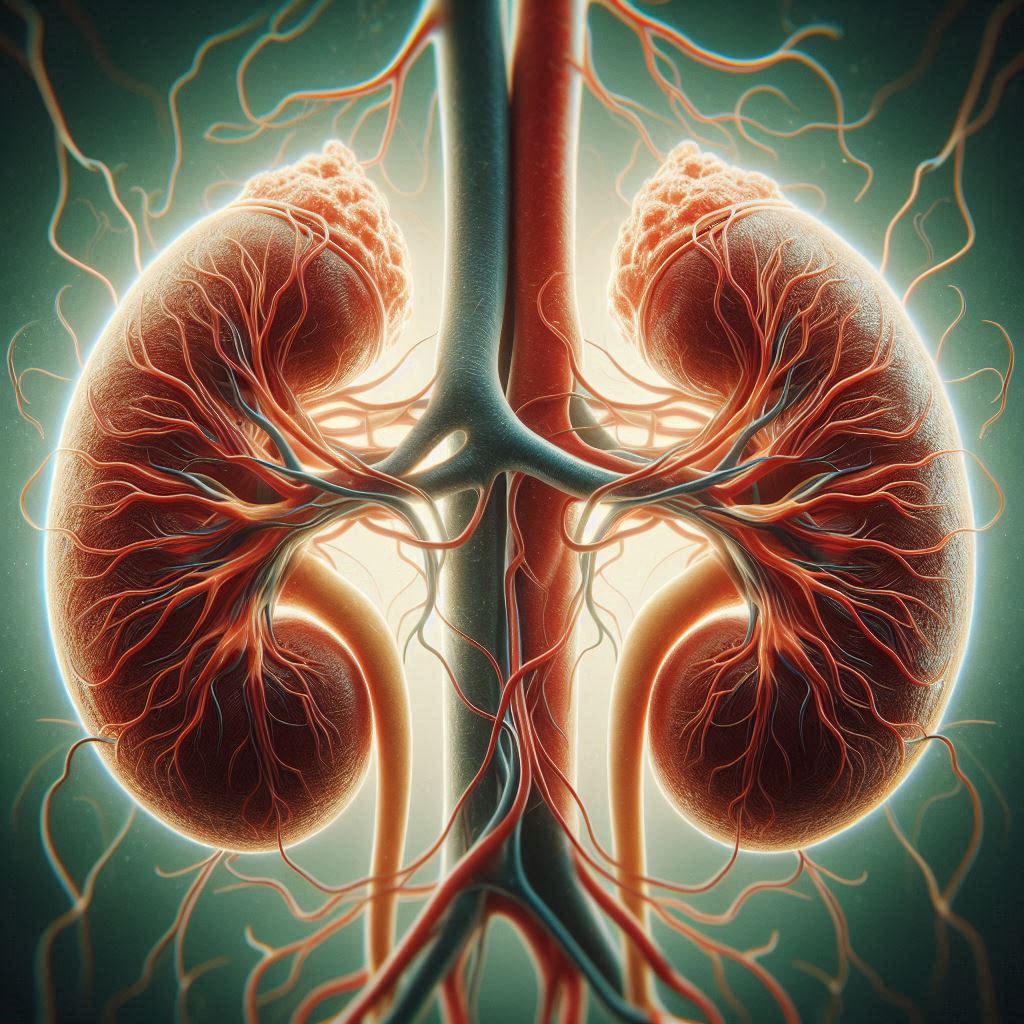What Are Irradiated RBCs?
Irradiated RBCs are red blood cell units that have been exposed to a controlled dose of ionizing radiation, typically gamma radiation (e.g., 25-50 Gray), before transfusion. The radiation targets the leukocytes (white blood cells) present in the RBC unit, damaging their DNA and preventing them from proliferating.
Purpose of Irradiation
The primary goal of irradiating RBCs is to prevent transfusion-associated graft-versus-host disease (TA-GVHD), a rare but often fatal complication of blood transfusion. Here’s how it works and why it’s needed:
- TA-GVHD Basics: TA-GVHD occurs when viable donor lymphocytes (a type of white blood cell) in the transfused blood engraft in the recipient, recognize the recipient’s tissues as foreign, and mount an immune attack. This is distinct from regular GVHD seen in stem cell transplants because it’s caused by blood transfusion, not a transplant.
- Why Irradiation Helps: The radiation inactivates the donor lymphocytes by disrupting their ability to divide and proliferate, while leaving the RBCs (which lack nuclei and don’t divide) functional for oxygen delivery. Platelets and plasma components are also largely unaffected.
- Who Needs Irradiated RBCs?: Not all patients require irradiated RBCs—only those at high risk of TA-GVHD, including:
- Immunocompromised patients: E.g., those with congenital immunodeficiencies, undergoing chemotherapy, or receiving stem cell/bone marrow transplants.
- Recipients of directed donations: Blood from close relatives (e.g., parents or siblings) may have similar HLA types, increasing the risk of TA-GVHD if donor lymphocytes aren’t inactivated.
- Neonates and fetuses: Premature infants or those receiving intrauterine transfusions.
- Patients with Hodgkin lymphoma or those on certain immunosuppressive drugs (e.g., purine analogs like fludarabine).
Key Details
- Process: Blood bags are placed in a specialized irradiator (e.g., a cesium-137 or cobalt-60 source) for a precise dose of radiation. This is done at blood banks or hospitals with the capability.
- Shelf Life: Irradiation shortens the shelf life of RBCs. In many places (e.g., per AABB standards), irradiated RBCs must be transfused within 28 days of irradiation (or their original expiration date, whichever comes first), as radiation can accelerate RBC membrane damage and hemolysis.
- Not for CMV: Unlike leukoreduction, which reduces CMV transmission by removing leukocytes, irradiation doesn’t remove leukocytes—it just stops them from functioning. So, irradiated RBCs don’t inherently prevent CMV transmission unless they’re also leukoreduced (which is often the case anyway, as leukoreduction is standard).
Comparison to Leukoreduction
- Leukoreduction: Filters out most leukocytes to reduce febrile reactions, alloimmunization, and CMV risk. It doesn’t fully eliminate TA-GVHD risk because some lymphocytes may remain viable.
- Irradiation: Inactivates lymphocytes to prevent TA-GVHD but doesn’t remove leukocytes or address CMV unless combined with leukoreduction.
Clinical Use
Irradiated RBCs are a critical safety measure for specific patient groups. For example, a leukemia patient undergoing chemotherapy might receive irradiated RBCs to avoid TA-GVHD, which could be lethal given their suppressed immune system. The decision to use irradiated RBCs is guided by clinical guidelines (e.g., from AABB, British Committee for Standards in Haematology) and tailored to patient risk factors.
In summary, irradiated RBCs are RBC units treated with radiation to prevent TA-GVHD by disabling donor lymphocytes. They’re a specialized product for high-risk patients and complement other blood processing techniques like leukoreduction, ensuring safer transfusions in vulnerable populations.



Leave a Reply